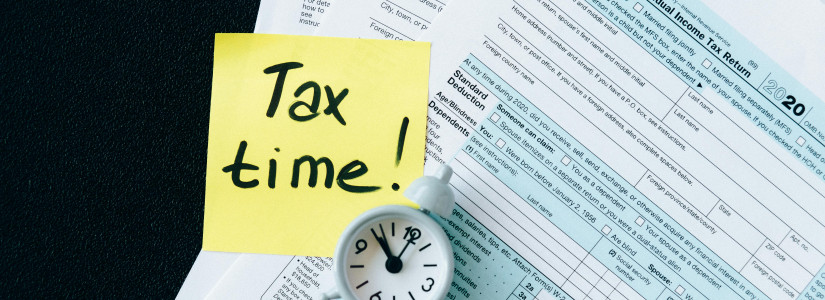Navigating Quarterly Estimated Taxes

Quarterly estimated taxes are payments made four times a year by individuals whose income isn’t subject to regular withholding.
This typically includes self-employed individuals, freelancers, independent contractors, and those with significant income from dividends, interest, or rental properties.
These payments cover both income tax and self-employment tax, ensuring you stay compliant with IRS requirements and avoid penalties.
Who Needs to Pay Quarterly Estimated Taxes?
You must pay quarterly estimated taxes if you expect to owe at least $1,000 in tax after subtracting withholding and refundable credits and if your withholding and refundable credits are less than the smaller of:
- 90% of the tax you expect to owe for the current year
- 100% of the tax you owed in the previous year (if your adjusted gross income was $150,000 or less; $75,000 if married filing separately)
Calculating Your Payments
To calculate your quarterly estimated tax payments, you'll need to estimate your expected income, deductions, credits, and tax liability for the year.
The IRS provides Form 1040-ES, which includes a worksheet to help you calculate these amounts.
The general steps are:
- Estimate your total income for the year.
- Subtract any deductions to find your adjusted gross income.
- Calculate your taxable income after applying for any exemptions.
- Determine your tax liability using the current year’s tax rates.
- Subtract any expected tax credits and withholding.
- Divide the remaining amount by four to determine your quarterly payment.
If you need help, hop in here.
Deadlines for Payments
The IRS has set specific deadlines for quarterly estimated tax payments:
- 1st Quarter: April 15
- 2nd Quarter: June 15
- 3rd Quarter: September 15
- 4th Quarter: January 15 of the following year
If the due date falls on a weekend or holiday, the payment is due on the next business day.
It's crucial to make these payments on time to avoid penalties and interest.
Feeling overwhelmed? We got you! Let's discuss things here.
Avoiding Penalties
To avoid underpayment penalties, ensure your quarterly payments meet one of the following requirements:
- Pay at least 90% of the tax you owe for the current year.
- Pay 100% of the tax shown on your prior year's return (110% if your adjusted gross income was over $150,000).
You can adjust your payments throughout the year if your income fluctuates, but keeping accurate records and regularly updating your estimates can help you stay on track.
Don't Miss: Tax considerations when buying or selling a business
Additional Tips
- Use an accountant or tax software: Professional guidance can help ensure you’re calculating your estimated taxes correctly and taking advantage of all possible deductions and credits.
- Set aside funds regularly: Create a separate savings account for your estimated tax payments to avoid cash flow issues when payments are due.
- Stay informed: Tax laws and rates can change, so staying updated on the latest IRS regulations is crucial for accurate tax planning.
According to the IRS, about 10 million taxpayers make quarterly estimated payments each year.
This includes a significant number of self-employed individuals and those with diverse income sources, highlighting the importance of understanding and managing estimated taxes effectively.
Conclusion
Navigating quarterly estimated taxes can be challenging, but it’s essential for those with income not subject to withholding.
By accurately estimating your tax liability, making timely payments, and staying informed about IRS requirements, you can avoid penalties and ensure your tax obligations are met.
Consulting with a tax professional can provide additional peace of mind and help optimize your tax strategy.
Must Reads:











